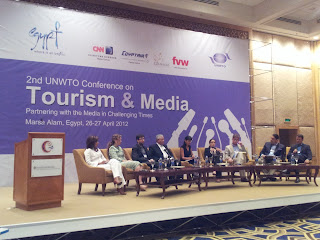Yeah, we did it… again 🙂
Camino de Swingtiago®, a magical journey, a unique experience… the best option to dance your way!
The Way of St. James is a large network of ancient pilgrim routes stretching across Europe and coming together at Santiago de Compostela. Yearly, hundreds of thousands of people of various backgrounds walk the Camino de Santiago either on their own or in organized groups.
Camino de Swingtiago® is a genuine initiative to dive into the authentic North of Spain’s culture. It combines the spirit of the Camino with music and movement.
In every edition we have been meeting great people along the way, walking on historical paths while dancing to swing music… building unforgettable memories!
Camino de Swingtiago® means quality time to enjoy group lunches, evening and late night dances, live music, historical walking tours, and learn lots of fun moves and techniques on workshops and classes.
In our last edition we were lucky to share the Camino with outstanding dancers like Lainey Silver -from New York City-, Samuel Rigal -from La Habana-, Yunita Mattoha -from Jakarta-, and many more!
Camino de Swingtiago, combines lindyhop with hiking along an old pilgrimage route in the backroads of Spain. Communing with nature, with history and with each other, a contemplative experience, is the focus. Still, this genuin pilgrims find time after their walks to get together and share dances and classes.
We happily announced a collaboration with The Frankie Manning Foundation to provide a scholarship for an outstanding candidate.
The original Camino was a Medieval pilgrimage that brought people from all parts of Europe to Santiago, Spain. Today, the walk values historical preservation, connecting with yourself and new friends, and supports local communities. Swing dancing shares these values too! Like Frankie Manning himself, we value:
- Having fun dancing the Lindy hop
- Historic authenticity in Lindy hop dancing and music
- Improvisation and continued innovation
- Close relationship between the music and the dance
- Maintaining a true community among dancers
- Mutual respect and cooperation
- Inclusivity (diverse backgrounds: geographic, ethnic, socio-economic, age, ability, LGBTQ, gender roles, etc.)
- Outreach and welcome to newcomers
- Excellence, which can be encouraged through friendly competition
Thanks to all those friends and partners who support Camino de Swingtiago, and… stay tuned! 😀





